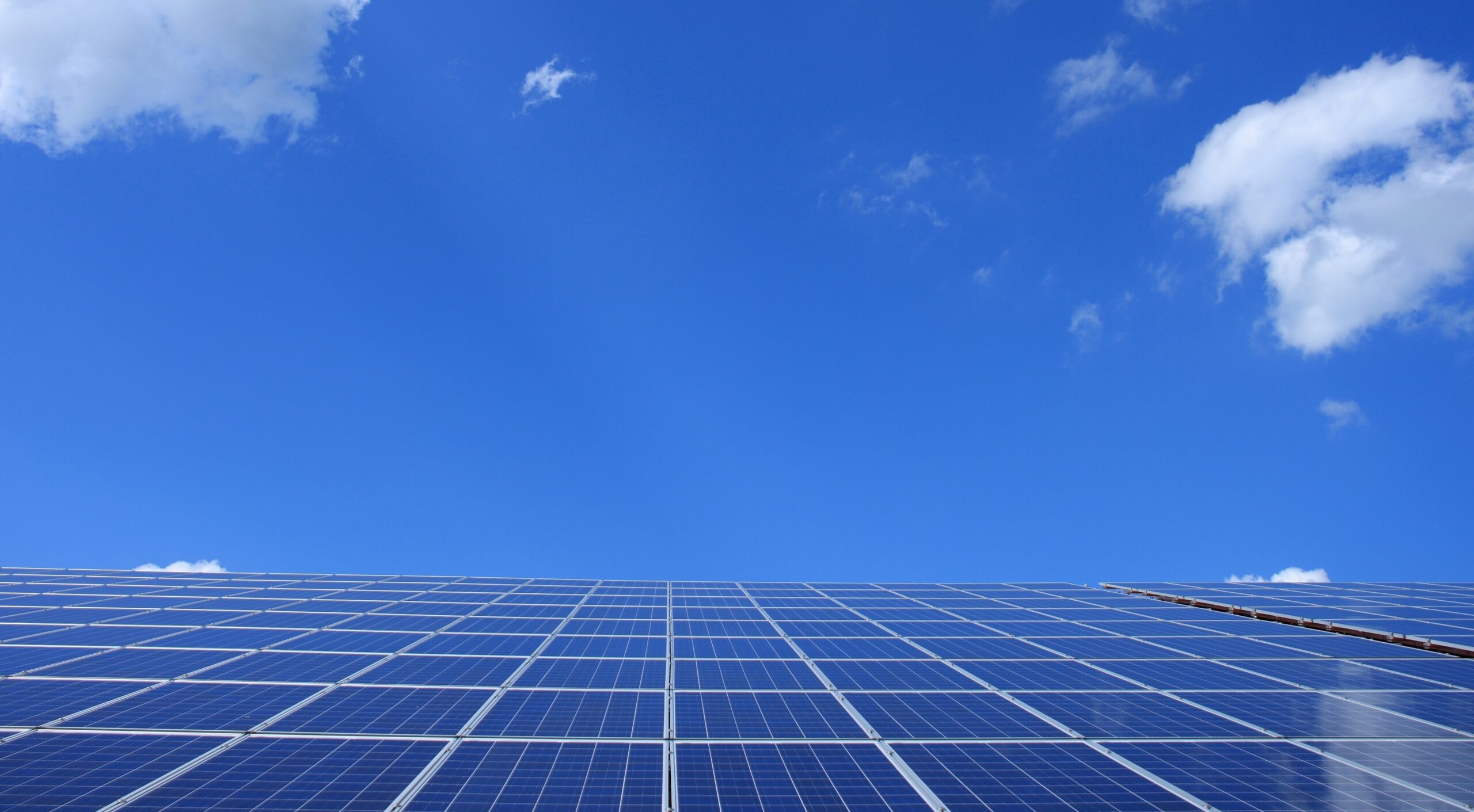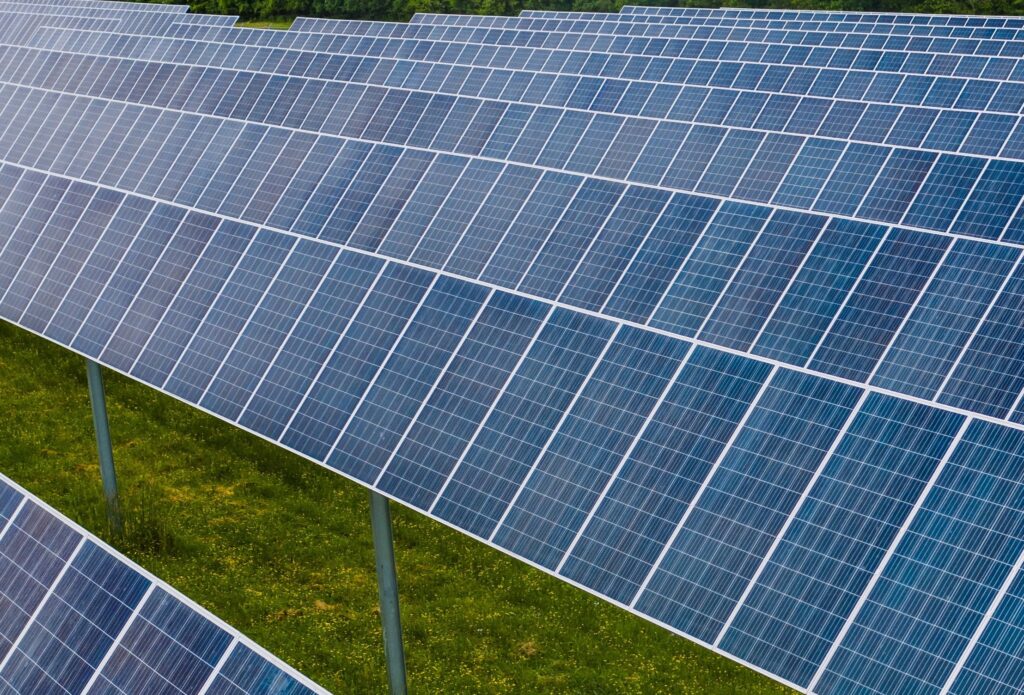
Shining a Light on Solar Farms: How to Conduct Noise Studies in the New “It” Industry
One of the greatest benefits of renewable energy is it uses resources straight from the environment to generate power. That means, as long as the sun keeps shining, we will have a source for clean solar power. So, it’s no surprise that many in the industry are looking to solar farms as the new big thing.
Solar Farms vs. Other Renewable Energy
For well over a century, coal-and-natural-gas-fired power plants have been the norm in North America but the desire to cut back on pollution and greenhouse gases has prompted many jurisdictions to seek greener sources of energy like wind and solar. For example, the State of New York has set a goal of carbon-free electricity by 2040 and the Biden administration recently released a blueprint showing how the US could move toward producing almost half of its electricity from the sun by 2050.
To date, a popular option has been wind farms but the industry has faced concerns over sound. A quieter alternative gaining traction in the US is solar farms. Comprised of rows of solar panels, these farms harvest the sun rather than crops and show so much promise that they are becoming a common sight throughout the rural US. In New York, they are providing incentives for developers to build solar farms in the state.
In Canada, Ontario’s feed-in tariff (FIT) program encouraged a greater uptake of renewable energy sources. Launched in 2009, it offered payment for production and was responsible for most of the solar installed in Canada. That program has since ended but it hasn’t discouraged the development of solar farms. The largest solar project in Canada and one of the largest in North America is currently under construction in Alberta. Still in its early stages, the project will have 1.3 million solar panels and will be able to power more than 150,000 homes. The $700 million project is expected to have a significant economic impact on the local community that was hit hard by the downturn in oil and gas.
Are Solar Farms Noisy?
A common solar farm misconception is they don’t make any noise. While the solar panels don’t make any noise, the farms do emit noise. That’s because the solar farm includes a set of inverters which make noise. The other source of noise is the transformer substation. They are not the loudest noise sources, but their tonal sound, like the hum of an air conditioner, can be annoying to some. Like all projects, in order for the site to be approved, the noise needs to be studied and shown to regulators that it meets their environmental noise requirements.
Here are some tips to help with the approval process:
1.Optimize your layout early to look for advantageous inverter locations
The best noise control is no noise control. If you place the inverters in a way that maximizes the distance to sensitive neighbours and could potentially be partially shielded by the panels themselves, you may eliminate the need for any noise controls
2. Work with the Original Equipment Manufacturers (OEMs)to consider the noise output of the inverters being evaluated
OEMs will often have options for quieter fans, and built-in noise controls to bring the acoustic emissions down. The options will usually cost more, but it has to be weighed against the cost of noise mitigation requirements at the site which can often be much more.
3. Build flexibility into your design
For solar farms, much of the engineering is done after the environmental permitting has been completed. This means for the environmental studies, assumptions have to be made about appropriate inverter locations, models, and noise controls. In certain regulatory schemes, moving inverter locations after permitting has been completed could result in costs and delays to the project due to having the new locations re-permitted. Build locational flexibility into the permit so on-site decisions can be made about where the final location of the inverters can be during construction and adheres to the original permit.
Benefits of Solar Farms
With so much focus globally on greener sources of energy, solar farms offer so much promise. Much like with wind farms, the goal is to proactively avoid noise complaints rather than work to fix them later. Conducting noise studies will not only help secure approvals, it provides a way of addressing noise issues during the design and save on mitigation costs later.

